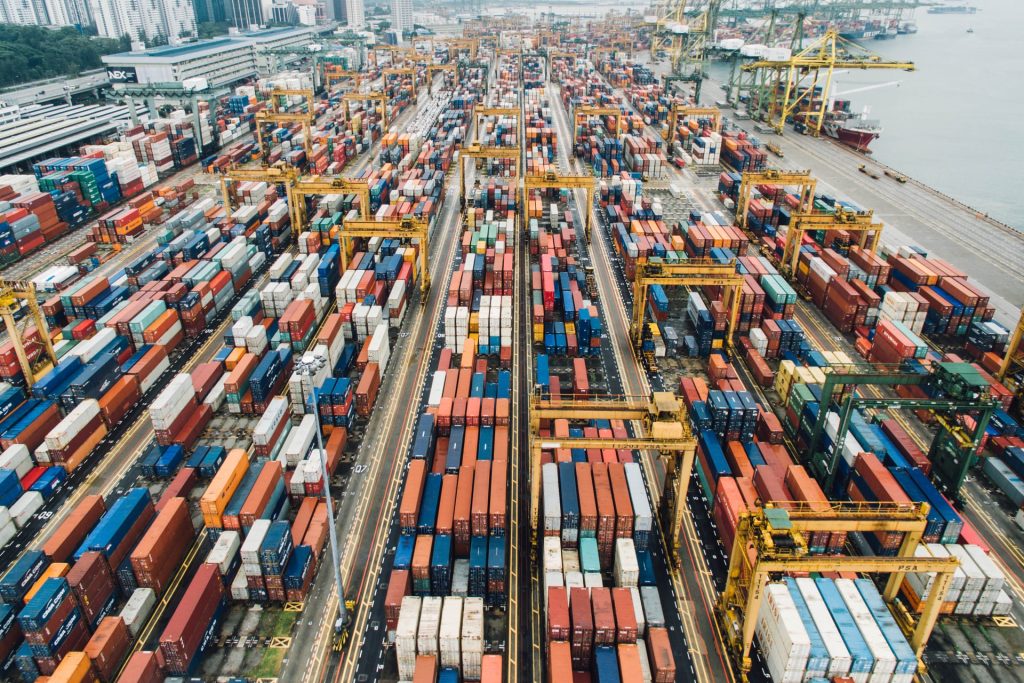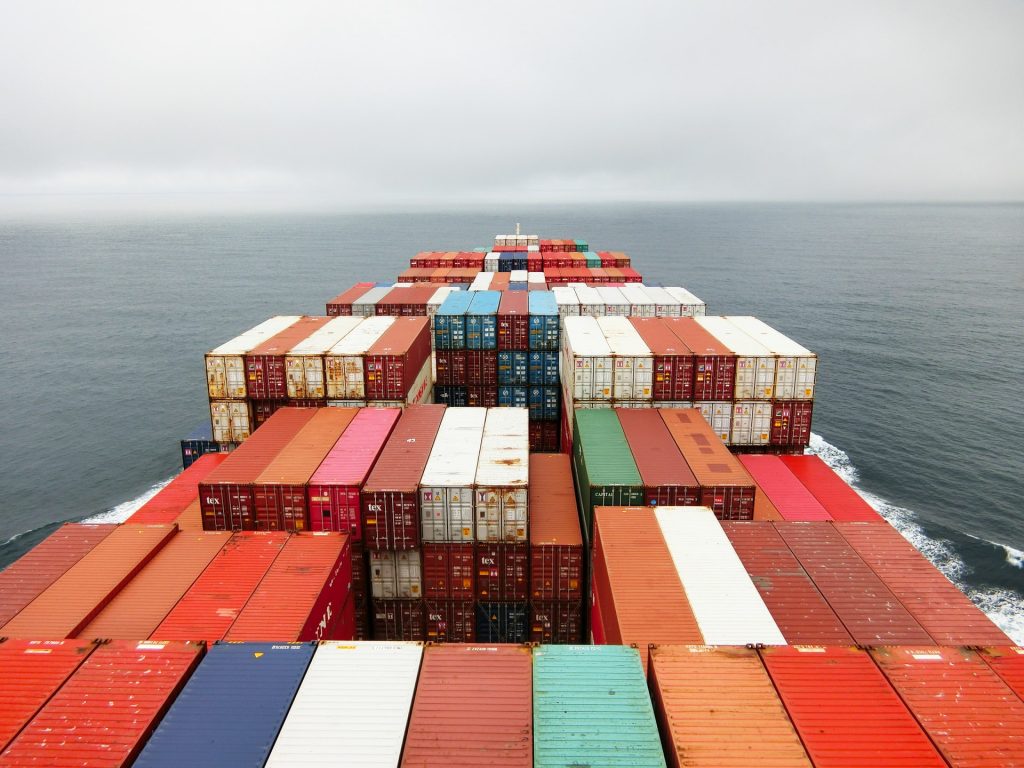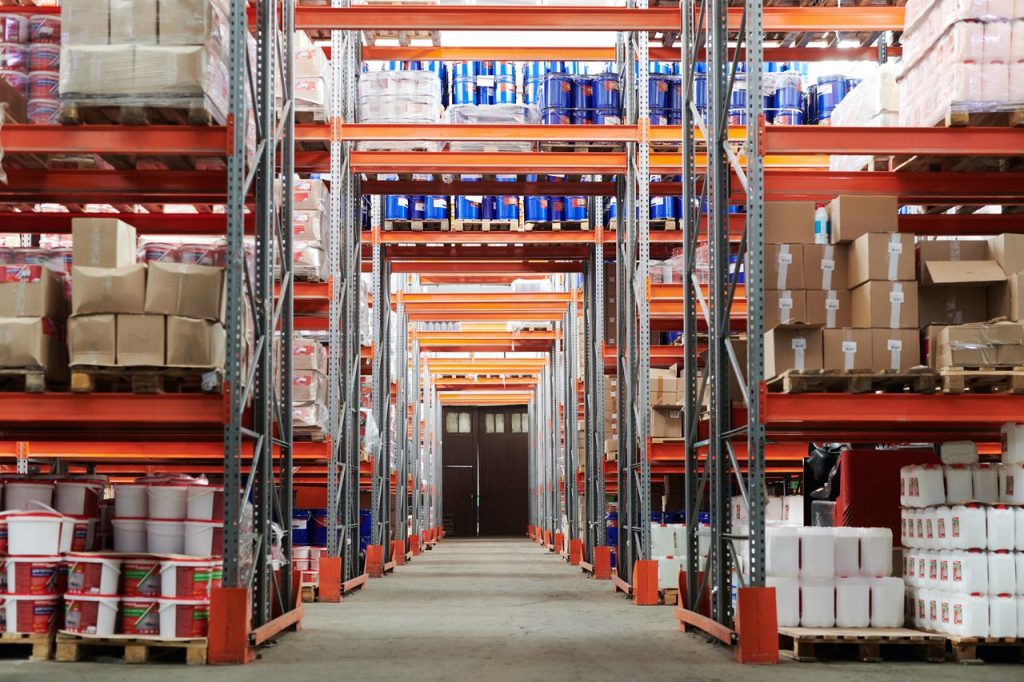WELLINGTON COUNTY – Global supply chain disruptions wrought by the pandemic have rippled across the globe and landed at the shipping doors of local manufacturers.
At Wellington Perforated Sheet and Plate in Fergus, president Brent Renton says project costs have shot up with the cost of raw steel.
“It’s crazy,” Renton said. “Steel prices have almost tripled, stainless steel—it’s just not even available.”
He started noticing the change last fall.
“You were paying let’s say 40-45 cents a pound for steel, now you’re paying $1.20,” he said.
What Renton is hearing from his suppliers is there’s still another year ahead of inflated prices. The company will keep buying, even if it doesn’t necessarily need the material. If they don’t nab it, a competitor will.
Once North American supply is punched, it’s on to ordering from overseas.
“A 40,000-pound container a year ago cost about five grand; now we just got billed on the last one that come in – $12,500,” Renton said.
“Basically, your broker will say to you, ‘Are you prepared to pay or not? Because if you’re not prepared to pay, it’s going to sit there,’” Renton said of product in ports.

(Unsplash image)
Over at Walinga, Ian Lodder’s job is like a fortune-teller’s – planning to ensure the company’s Fergus and Guelph manufacturing facilities have what they need, when they need it.
Manufacturing pneumatic conveying systems for moving agricultural product and transportation equipment for the agri-food sector, Walinga is heavily reliant on raw materials.
Lodder has worked in purchasing for over a decade and said the past year has been the most challenging for sourcing parts thus far.
“When China was first hit with [COVID-19] they couldn’t work and people were sent home and that slowly trickles its way through the whole supply chain where they supply product to some of our vendors in Europe, and they make products for us,” Lodder explained. “It seemed to really start to take effect for us around the start of the new year … we started noticing more shortages and more delays.”
Vendor loyalty has been crucial, but supply challenges have forced the company to turn secondary vendors.
The lead time for a special aluminum extrusion part manufactured in the U.S. and used on some of Walinga’s trailers mushroomed from 15 weeks to over a year.
They’ve since begun to source the part from China with only a 28-week lead time.
“But the issue we’ve run into is that the secondary vendors can’t help out either because they’re all kind of in the same situation,” he said.
“And then on top of it, if [vendors] did get it completed, it sat either in their docks, waiting to get picked up by freight or most of them sat in containers and then waiting for freight ships to be available or containers to be available,” he said.
And just when they’re getting past something, “then you hear of another shortage or another delay,” he remarked.

(Unsplash image)
At the beginning of the year, some of their shortages sat in freight containers at ports in B.C.
“And once they’re sitting there, you don’t get any answers; they won’t tell you anything until it hits the rails,” he said. “So it’s kind of like your material, it’s lost in space for a time period when you’re waiting for things to move.”
The solution to weathering storms like this is to stock up on inventory in the good times.
“There is a cost carrying inventory, but it’s also super important because you don’t have any flexibility if you don’t have any inventory,” Lodder said.
“Everyone’s trying to work their way through it and everyone’s trying to do the best they can, but it’s definitely been challenging,” he said. “Tying yourself in with good vendors—that has been key to us.”
Joel Koops, a co-founder and executive VP for Palmerston-Based Trusscore, agrees.
Koops said strong vendor relationships have been crucial to staying the course and dealing with material interruptions.
“They’re probably bending over backwards to make sure that we get our materials on time and doing whatever they can to keep the product moving,” Koops said.
The majority of Trusscore’s “ingredients” come from North America before heading out across the continent as PVC-based wall and ceiling panels from either Palmerston, Ohio or Alberta.
“This is the most volatile that I have ever seen … this is very unique to the industry that that we are in,” Koops said of their relatively stable market.
“We can’t control what’s going to happen in the future but what we can do is control how we’re going to interact with our customers, how we’re going to be proactive,” he said.

(Pexels image)
Those spoken with are banking on the market taking care of itself, returning to a previously stable equilibrium.
Ports in Asia have been opened and closed throughout the pandemic, people staying in and ordering from home has jostled a supply/demand balance, there are shortages of shipping containers, and wildfires ravaging British Columbia have halted major rail lines.
“All of this has just been an accumulative effect,” said Robert Lewis-Manning. “There has been so much disruption in the supply chain.”
Lewis-Manning is the president of the Chamber of Shipping, a marine transportation association based out of British Columbia.
“A week closure somewhere can result in a month delay in the supply chain,” he told the Advertiser.
Marine transportation is a big and expensive machine, unable to adapt quickly to the changes resulting from the pandemic by building additional capacity through shipping containers and actual ships.
Containers from abroad arrive at a terminal, undergo an inspection, and once eventually cleared, are moved along railways to distribution centres where products are then trucked to their destinations.
“The system works better when there’s a balance of incoming imports and outgoing exports, and at the moment that balance has been largely rocked by the pandemic itself,” Lewis-Manning explained.
He said many in the industry expect the balance to begin leveling out as more capacity becomes available with shipping prices also coming down in line with more container availability but predicts “months of congestion” still ahead into 2022.




